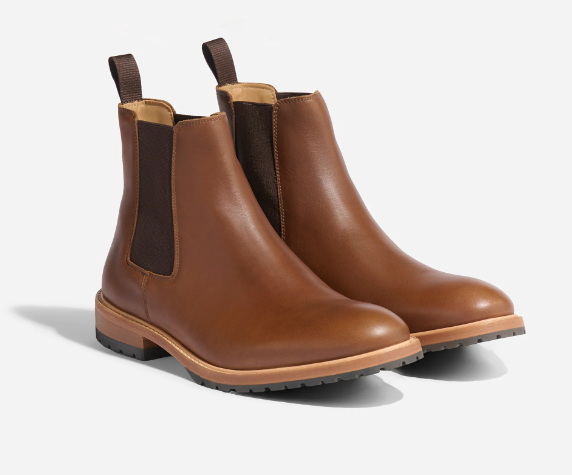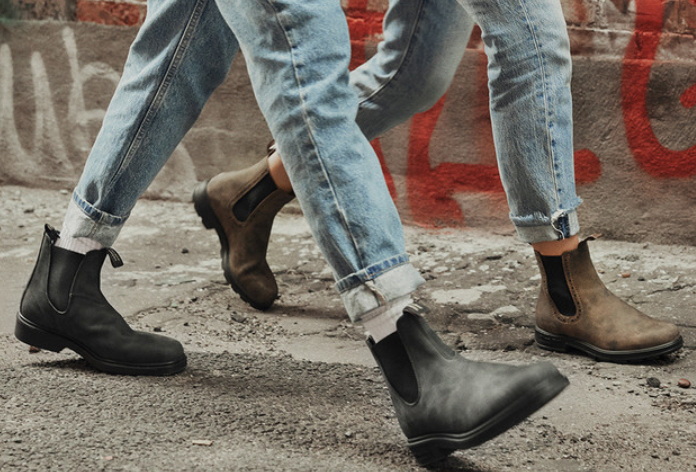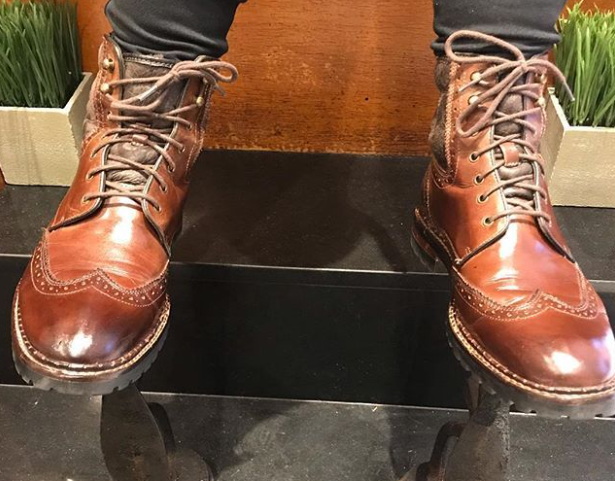Content Menu
● Historical Context: Gender and Footwear
● Why Do Men Wear Women's Shoes?
>> 1. Comfort and Fit
>> 2. Style and Variety
>> 3. Breaking Gender Norms
>> 4. Cultural Influence
● Practical Considerations for Men Wearing Women's Shoes
>> Sizing Differences
>> Width and Shape
>> Style Matching
>> Types of Women's Shoes Suitable for Men
● Overcoming Societal Stigma
● Benefits of Men Wearing Women's Shoes
● Conclusion
● FAQ
>> 1. Can men wear women's shoes comfortably?
>> 2. Are women's shoes less durable or supportive for men?
>> 3. How do I convert men's shoe size to women's?
>> 4. Do men wearing women's shoes face social backlash?
>> 5. What types of women's shoes are easiest for men to wear?
● Citations:
The question "Do men wear women shoes?" challenges traditional ideas about gender and fashion, and the answer is increasingly "yes." In recent years, men wearing women's shoes has become more common, reflecting broader changes in societal norms, fashion trends, and personal expression. This article explores the history, reasons, benefits, challenges, and practical considerations of men wearing women's shoes, providing a comprehensive view of this evolving fashion phenomenon.

Historical Context: Gender and Footwear
Historically, the strict gender division in clothing and footwear is a relatively modern development. In ancient times, clothing was less rigidly gendered. For example, in 17th century Europe, high heels were originally designed for men as symbols of status and power—King Louis XIV famously wore them to signify nobility[3]. Over time, high heels and other shoe styles became associated primarily with women, but the origins remind us that footwear has not always been divided by gender.
Fashion icons like David Bowie and Prince blurred gender lines by wearing flamboyant, often traditionally feminine shoes, helping to normalize gender-fluid fashion[1]. Today, many male celebrities, including Harry Styles and Kanye West, continue this trend, wearing women's shoes as a form of self-expression and challenging outdated norms[3].
Why Do Men Wear Women's Shoes?
Several factors contribute to the growing trend of men wearing women's shoes:
1. Comfort and Fit
Women's shoes often feature designs that prioritize comfort, such as cushioned insoles and flexible materials. Men with narrower or smaller feet sometimes find women's shoes fit better than men's shoes, which tend to be wider[3][4]. For example, women's running shoes might offer better support and comfort for some men, especially if they adjust sizing appropriately (typically, women's sizes are about 1.5 sizes larger than men's)[2].
2. Style and Variety
Women's shoes usually come in a wider range of styles, colors, and decorative elements than men's shoes, which tend to be more neutral and limited in design[5]. Men who want to express individuality or experiment with fashion find women's shoes offer more options, from vibrant colors to unique designs[1][3].
3. Breaking Gender Norms
Wearing women's shoes is also a statement against traditional gender roles. It challenges societal expectations and promotes gender fluidity in fashion[1][3]. This act empowers men to embrace their personal style without fear of judgment.
4. Cultural Influence
Celebrities and designers embracing gender-fluid fashion have popularized men wearing women's shoes, making it more socially acceptable and visible in mainstream culture[3].

Practical Considerations for Men Wearing Women's Shoes
Sizing Differences
One of the main challenges men face when wearing women's shoes is sizing. Women's shoes are generally sized about 1.5 sizes larger than men's. For example, a men's size 9 corresponds roughly to a women's size 10.5[2]. Men need to be aware of this conversion to find a proper fit.
Width and Shape
Men's feet are typically wider than women's, with men's shoes usually labeled as "D" width and women's as "B" width[4][5]. This means women's shoes can feel snug or tight on men with wider feet. However, men with narrower feet may find women's shoes more comfortable.
Style Matching
Men can wear women's shoes with their existing wardrobe by choosing styles that complement their clothing. For example, loafers, sneakers, or dress shoes in women's lines can often be paired easily with men's casual or formal wear[1].
Types of Women's Shoes Suitable for Men
- Sneakers: Many women's sneakers are unisex or come in styles that men can wear comfortably, especially if sizing is adjusted[2].
- Loafers and Flats: These can be a stylish option for men interested in more formal or casual looks.
- High Heels: While traditionally feminine, some men wear heels for fashion or performance, often choosing lower heels or styles that balance boldness with subtlety[3].
Overcoming Societal Stigma
Despite the increasing acceptance, men wearing women's shoes can still face social stigma and misconceptions about masculinity[1]. Overcoming this requires confidence and a shift in societal mindset toward embracing individuality and rejecting outdated stereotypes.
Benefits of Men Wearing Women's Shoes
- Expanded Fashion Choices: Men gain access to a broader palette of colors, styles, and designs.
- Comfort: For some men, women's shoes offer better fit and comfort.
- Self-Expression: Wearing women's shoes can be a powerful form of personal and artistic expression.
- Breaking Barriers: It challenges rigid gender norms and promotes inclusivity in fashion.
Conclusion
Men wearing women's shoes is no longer a fringe or controversial idea but a growing trend that reflects changing attitudes toward gender and fashion. Whether motivated by comfort, style, or a desire to break societal norms, men are increasingly embracing women's footwear as a way to express individuality and challenge traditional boundaries. As fashion continues to evolve, the lines between men's and women's shoes will likely blur even further, fostering a more inclusive and diverse fashion landscape.

FAQ
1. Can men wear women's shoes comfortably?
Yes, men can wear women's shoes comfortably, especially if they select the right size (usually 1.5 sizes up from their men's size) and consider foot width. Men with narrower feet may find women's shoes fit better[2][4].
2. Are women's shoes less durable or supportive for men?
Not necessarily. Many women's shoes, especially athletic shoes, offer comparable support and durability to men's shoes. The key is to choose shoes designed for the intended activity and fit properly[3][4].
3. How do I convert men's shoe size to women's?
Typically, add 1.5 sizes to your men's shoe size to find the equivalent women's size. For example, men's 8 corresponds to women's 9.5[2].
4. Do men wearing women's shoes face social backlash?
Some men may face stigma or questions about masculinity, but societal attitudes are shifting toward acceptance of gender-fluid fashion. Confidence and personal style help overcome these challenges[1][3].
5. What types of women's shoes are easiest for men to wear?
Sneakers, loafers, and some dress shoes are easier to wear due to their design and comfort. High heels are more challenging but can be worn with practice and style awareness[1][2][3].
Citations:
[1] https://loomfootwear.com/blogs/news/can-men-wear-womens-shoes-top-5-reasons-why-it-can
[2] https://tonefootwear.com/pages/can-men-wear-women-s-nike-sneakers-a-fit-style-guide
[3] https://gufanpei.com/can-men-wear-womens-shoes-breaking-fashion-norms/
[4] https://runrepeat.com/guides/differences-mens-womens-running-shoes
[5] https://www.chums.co.uk/blog/is-there-a-difference-between-mens-and-womens-shoes
[6] https://www.reddit.com/r/RunningShoeGeeks/comments/y6m2w0/experiences_buying_womens_shoes_as_a_man/
[7] https://www.youtube.com/watch?v=6tqSwbhctSg
[8] https://hevashoeinc.com/can-men-wear-womens-shoes/

















